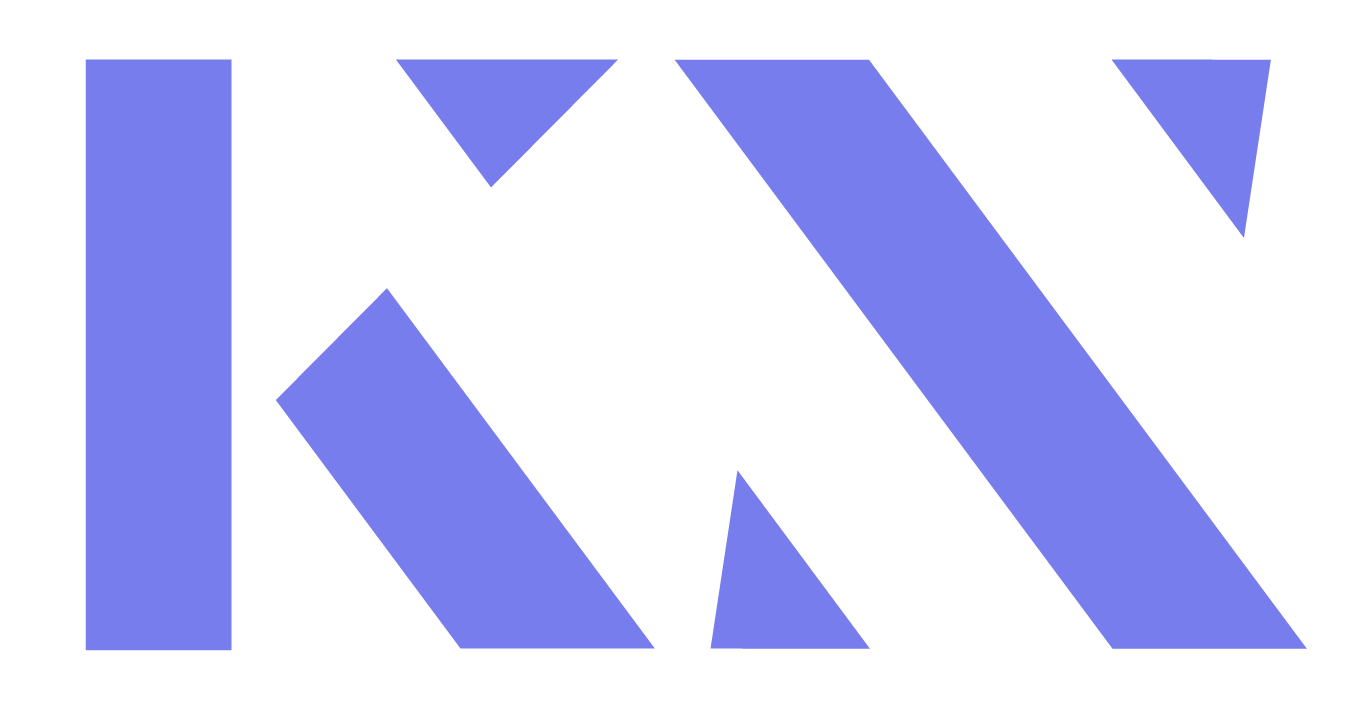
Strategic storytelling
Skanska
The client:
Skanska is one of the world’s largest development and construction companies operating across the Nordics, Europe and the United States.
The task:
Skanska’s annual reports offer more than financial updates - they tell the story of the company’s values, purpose and progress on key issues. For the 2024 edition, Skanska brought in Kent Nordic to provide in-house project management, editing and writing support.
The report covered a range of strategic narratives, including Skanska’s work in AI and digitalisation, its approach to placemaking and public consultation during the redevelopment of a former sugar factory in Prague, and innovations at one of the US’s most closely-watched infrastructure projects: the Portal North Bridge.
Patrick’s ”expertise and experience writing particularly about property made him a perfect resource for the project.” - John Ambrose, Corporate Narrative Manager, Skanska.
The role:
Project Management
Content writing
You can download the report at skanska.com, or read a snippet below.
Refining a chapter of Prague’s history
Two year’s of consultations with the local community helped us transform Modřanský Cukrovar into a vibrant residential-led neighbourhood with a park, boatyards and a public square, sprinkled with local artworks.
A brick chimney overlooking the junction of the Vltava and Berounka rivers is the clearest remaining sign of Modřanský Cukrovar’s history as a sugar refinery.
But while factory workers once occupied the 160-year-old post- industrial site in Prague, residents now share a transformed neighborhood with parks, boatyards and a vibrant squarefeaturing local artworks. Almost 90 percent of the homes in the first phase have been sold, 80 percent which have been handed over to homebuyers.
The vibrancy of the site, which will include about 800 homes upon completion, is largely as a result of extensive community engagement before construction began, says Petr Dušta, senior project manager with Skanska Residential Development Europe.
We acquired the site in 2015 and later engaged two years of consultations with the local community to identify the features and facilities people wanted, taking their expectations and concerns into the planning process. Traffic was among the biggest concerns, so we worked with the city to reconstruct local streets to cut congestion. The project includes an array of amenities, reducing the need for car travel.
New projects in Prague often involve lengthy planning processes, so we made the most of this time by offering the site as temporary facilities for local sporting and cultural groups. The community space soon boasted flowerbeds, facilities for a local canoe club and a bike café. The canoe club lives on: we handed the land used for the club to the city when it was time to begin construction.

